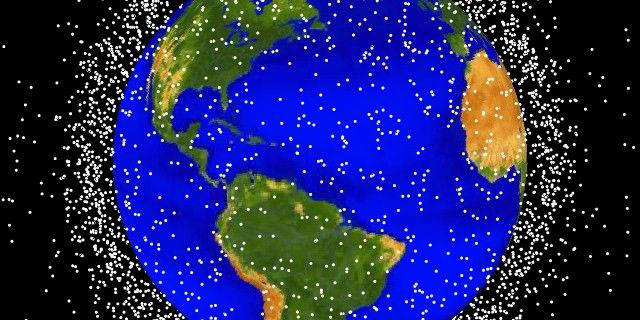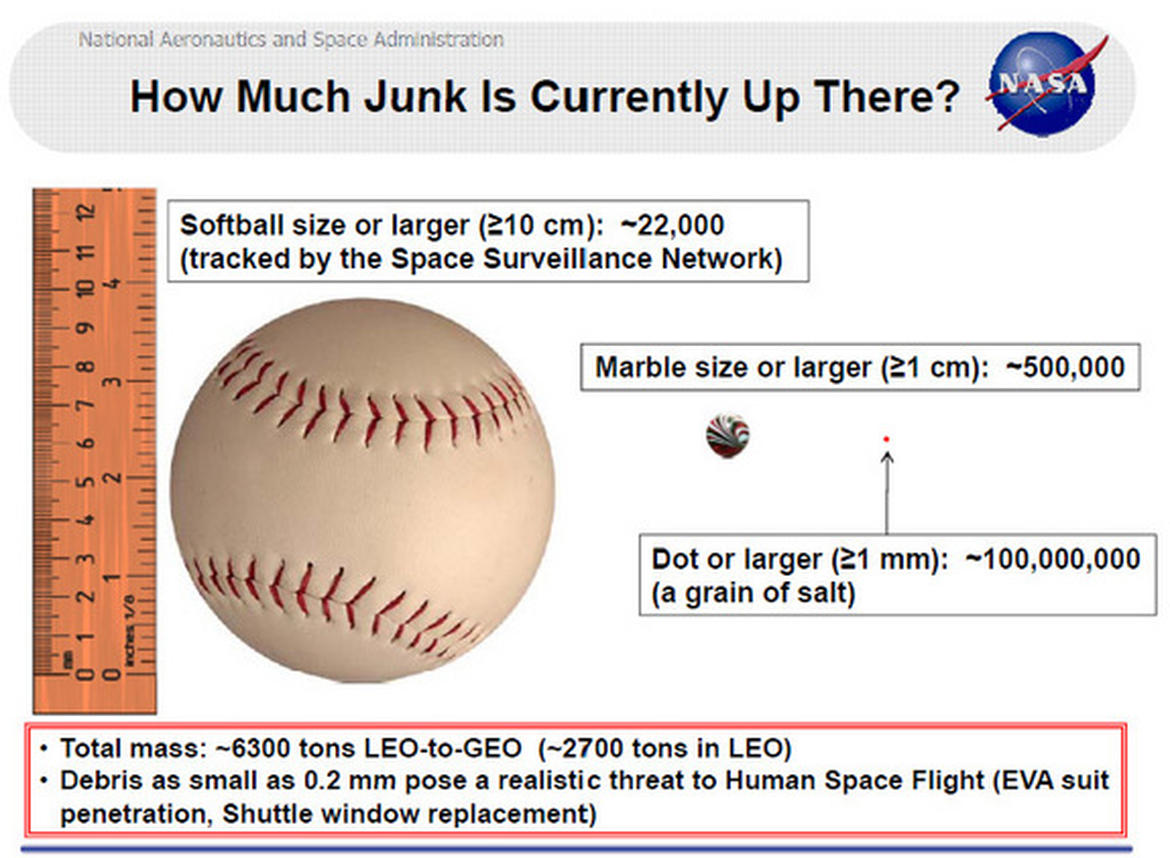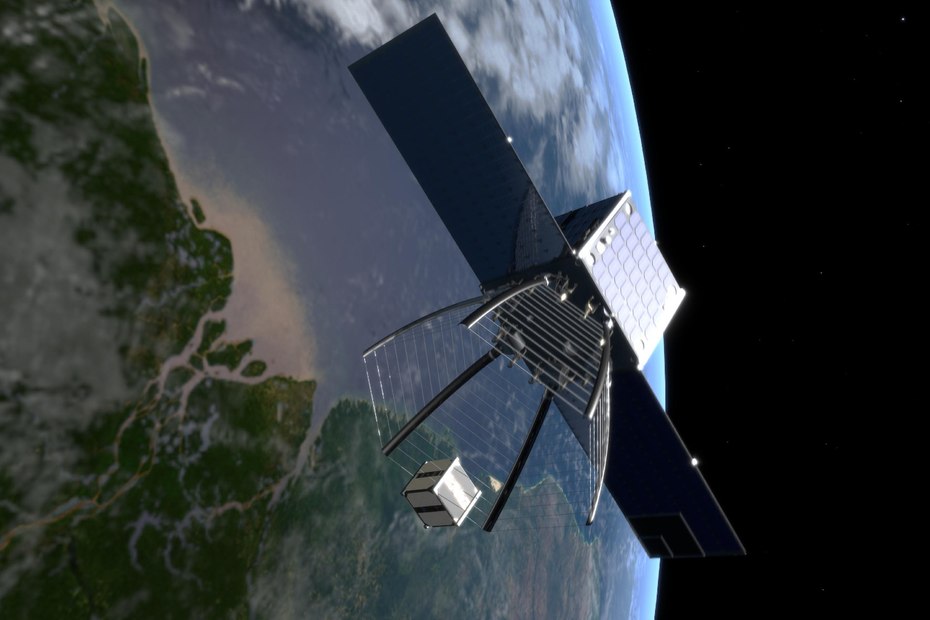
When humans began Space exploration about 55 years ago, they had no intention of leaving behind equipment that had served its purpose. It could after all, easily fall to Earth and harm innocent people. But that fear subsided in 1964 when American research satellite Vanguard 1 continued to rotate in orbit even after it had lost all contact with ground scientists. Since then researchers have become increasingly comfortable about leaving trash behind.
NASA scientists estimate that there are currently over 500,000 particles of marble-size and larger debris, and almost twice that amount of really tiny pieces of man-made trash floating in Earth's orbit. The polluting culprits range from tiny pieces broken off rockets to giant satellites, fuel tanks and even a million dollar toolkit that NASA astronaut Heidemarie Stefanyshyn-Piper accidentally dropped during a spacewalk. What's worse is that large objects like satellites often cluster in similar orbits and crash with each other, creating even more debris.

One such incident occurred in 2009 when the then operational Iridium 33 satellite collided with a decommissioned Russian satellite resulting in 1,000 pieces of debris that scattered around, narrowly missing the International Space Station (ISS) and other operating satellites. In 2011 and 2012 the resident ISS astronauts had to take refuge inside the two Soyuz escape space capsules and be ready to leave, thanks to large pieces of debris that appeared to be heading their way. One missed the ISS by just 360 yards while the other zipped past at a distance of nine miles.
And people on Earth have not been immune either. The biggest threat came in July 2011 when scientists noticed American satellite UARS hurtling down. Fortunately, the minivan-sized piece of debris landed in a remote region and caused no harm. Three weeks later, Russia's ROSAT satellite decided to head down as well. Luckily it too landed in the Indian Ocean.

There have been several attempts at designing a solution to collect and dispose of space junk. Some scientists believe zapping the debris with lasers to break it down into even smaller particles is the answer. Others want to use nets to collect the trash and bring it back to Earth. Though theoretically possible, neither can be tested given that the spacecraft would have to be able to carry enough fuel to perform the time-consuming task of collecting the junk.
Now some researchers from China's Tsinghua University have come up with an idea that could solve the issue. They want to build a rocket that would collect the junk and turn it into fuel. The scientists envision the so-called "debris engine" to capture small particles, anything less than 10 cm in diameter, with the help of nets. The junk would then move into a containment unit filled with abrasive balls. These balls would grind the waste into a powder, which would be heated resulting in the separation of positively and negatively charged ions. The positively charged ions would then be charged with electricity generating thrust to propel the rocket.

If this works, it will solve the issue of how the rocket could be powered during the clean-up. However, the spacecraft would still need an energy source to complete the long mission. While the Chinese researchers who revealed their concept in early December do not have all the answers, many experts think the idea is intriguing and a step in the right direction.
Meanwhile, a team of Swiss researchers from Ecole Polytechnique Federale de Lausanne are continuing their pursuit to launch CleanSpace One by 2018. Also called 'janitor satellite' or 'Pac-man satellite,' the rocket is being designed to scoop up a decommissioned 10-inch Swiss satellite using a net and bring it back to Earth.

The team has come up with an innovative plan to get past the fuel issue. The satellite will be housed inside a manned shuttle called Suborbital Reusable Shuttle (SOAR), and transported to an altitude of 33,000 feet, strapped on an A300 Jetliner. SOAR will then detach itself and carry its passenger further up to 263,000 feet. At that altitude, a rocket booster will fire up and transport the CleanSpace One satellite up an additional 435 miles, before releasing it into orbit. SOAR will then glide back to Earth and be tucked away for future use.
Meanwhile, CleanSpace One will seek out the old Swiss satellite, clamp its claws around it and leap back to Earth. The Swiss scientists believe that both satellites will be incinerated as they enter the atmosphere. Though the successful removal of the tiny piece of junk will not solve the problem, it will be a step in the right direction!
Resources: gizmag.com,endgadet.com,technologyreview.com,digitaltrends.com, Photos: NASA.gov, World Science Festival, EFPL